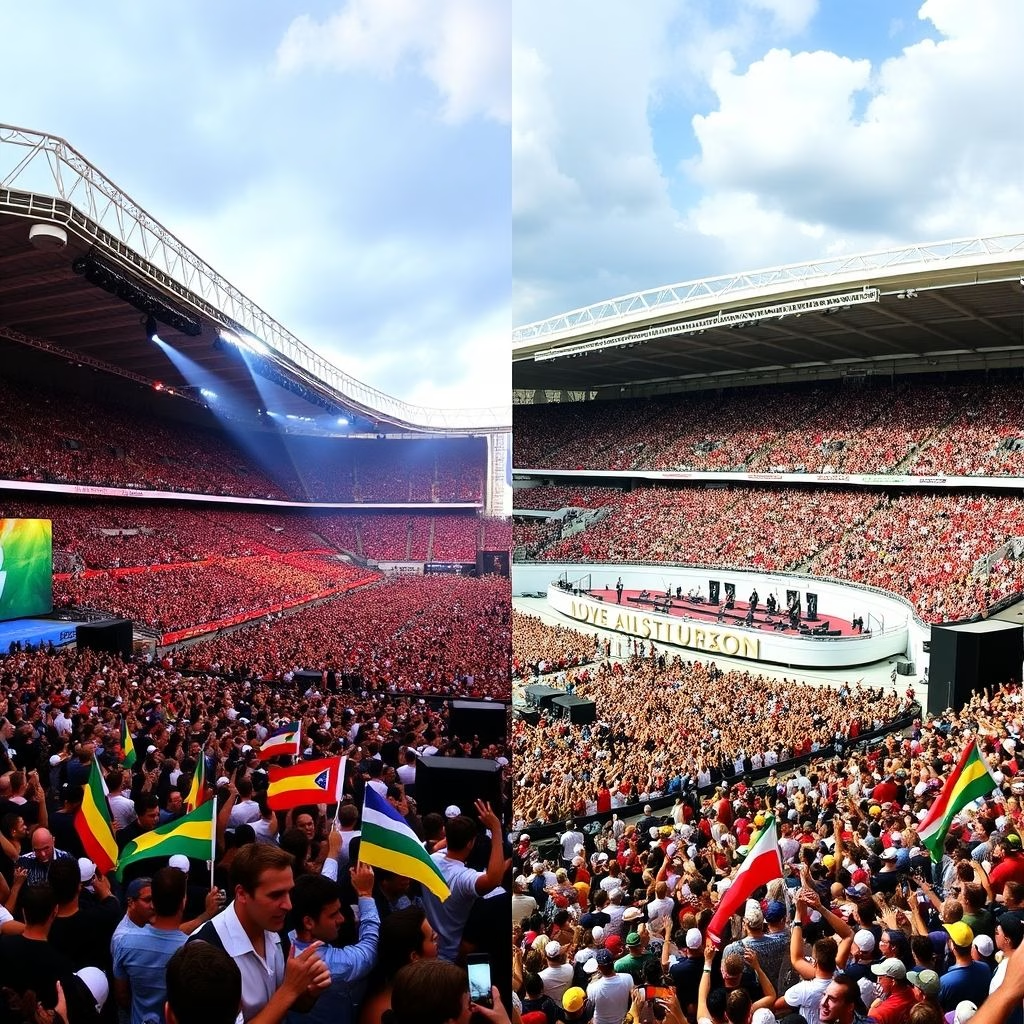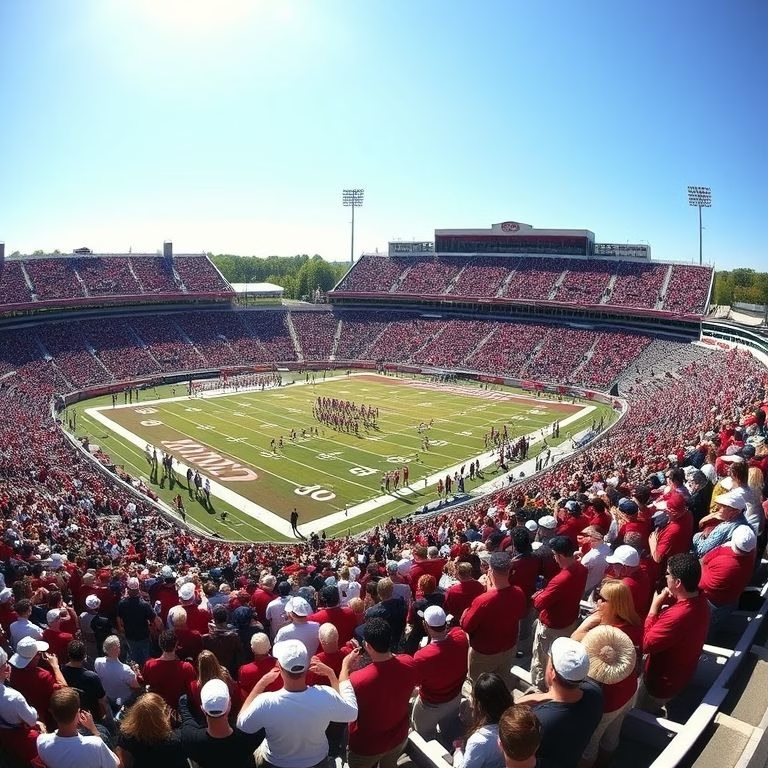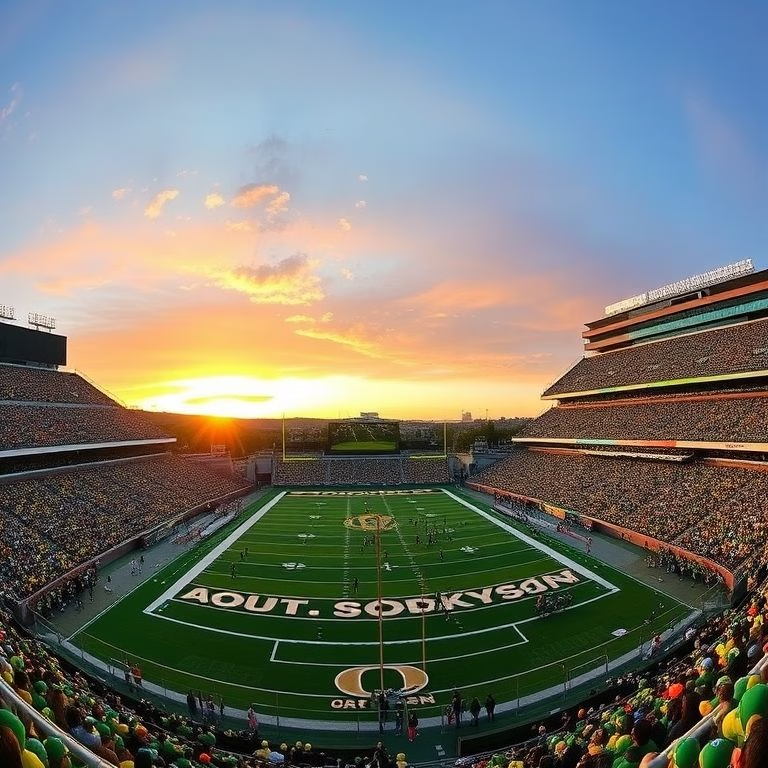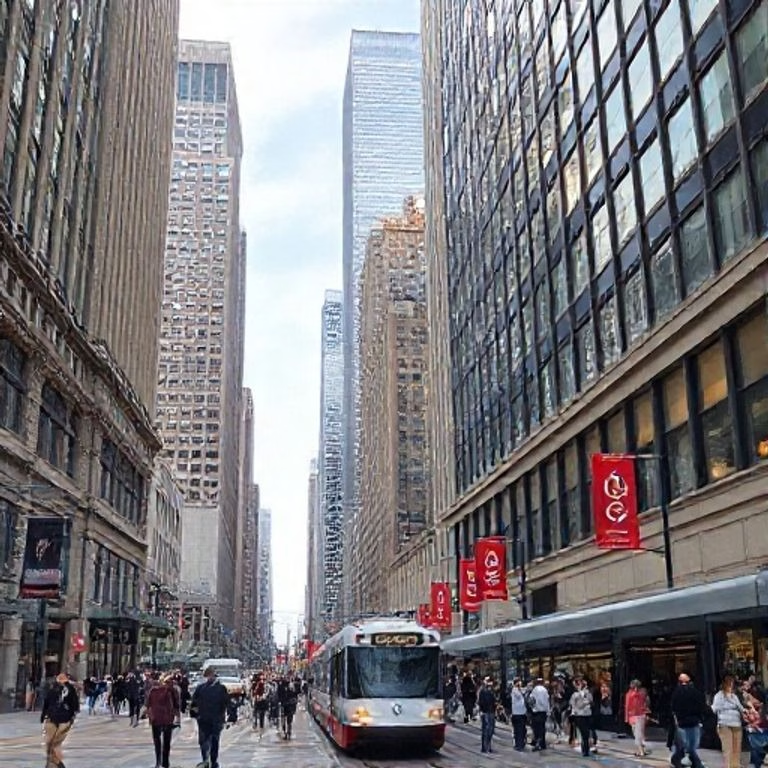Live Aid: The Concert That Rocked the World and Changed Lives

Live Aid: A Day That Changed Music and the World
On July 13, 1985, the world’s attention turned to two locations: London, England, and Philadelphia, Pennsylvania. The occasion? Live Aid, a benefit concert unlike any other, aimed at raising funds for famine relief in Ethiopia. Organized by Bob Geldof and Midge Ure, the event transcended its charitable goals, becoming a cultural phenomenon that resonated globally.
The Genesis of a Global Effort
The seeds of Live Aid were sown in late 1984, amidst devastating images of starvation in Ethiopia. Geldof, the frontman of the Boomtown Rats, and Ure, of Ultravox, took action. Their initial effort, the charity single “Do They Know It’s Christmas?” by Band Aid, was a massive success, selling millions of copies and laying the groundwork for the even more ambitious Live Aid concert. The single itself demonstrated the immense power of collective action within the music industry.
Two Stages, One Global Audience
Live Aid was a groundbreaking undertaking. Two venues, Wembley Stadium in London and John F. Kennedy Stadium in Philadelphia, hosted a star-studded lineup of musical legends. The concert was broadcast live to an estimated 1.5 to 1.9 billion people across 150 nations, making it one of the largest television events in history. This global reach ensured that the message of famine relief would be heard around the world.
Iconic Performances and Musical Moments
The concert featured an astonishing array of musical talent. Queen delivered a legendary performance at Wembley Stadium, widely considered one of the greatest live sets in rock history. Other iconic acts included U2, whose set at Wembley catapulted them to international stardom; Madonna, who solidified her status as a pop icon with her appearance in Philadelphia; and numerous other artists who used their platform to raise awareness and inspire donations. These performances became instantly iconic and are still discussed and celebrated today.
The Complex Legacy of Live Aid
While Live Aid undoubtedly generated significant funds for famine relief, its legacy is complex. The event raised substantial sums, but questions arose regarding the distribution and impact of the aid. There were allegations of funds being diverted, a point of contention that sparked debates regarding transparency and accountability. The BBC later retracted certain claims related to misuse of funds. Despite these controversies, the concert significantly boosted awareness of the crisis and spurred public engagement in humanitarian efforts.
Beyond the Music: A Cultural Impact
Live Aid’s influence extended far beyond fundraising. It demonstrated the power of music to unite people across cultures and borders. The event helped shape the perception of celebrity activism and inspired countless other charitable initiatives. It set a precedent for future large-scale benefit concerts, showcasing the potential of music to mobilize global support for social causes.
The Architects of Action: Bob Geldof and Midge Ure
The driving forces behind Live Aid were Bob Geldof and Midge Ure. Their tireless efforts in organizing the concert, securing performers, and coordinating the logistical complexities of a global broadcast were nothing short of remarkable. Their dedication to the cause transformed them into symbols of humanitarian action, and their commitment to addressing the crisis in Ethiopia made a profound difference.
Reflecting on a Moment in Time
Live Aid remains a pivotal moment in music history and global humanitarianism. It showcased the potential of mass media to foster international solidarity and galvanized a generation to address global challenges. While the complexities of its legacy continue to be debated, the concert’s impact is undeniable. It spurred conversations, raised awareness, and provided much-needed relief to those suffering from famine in Ethiopia.




